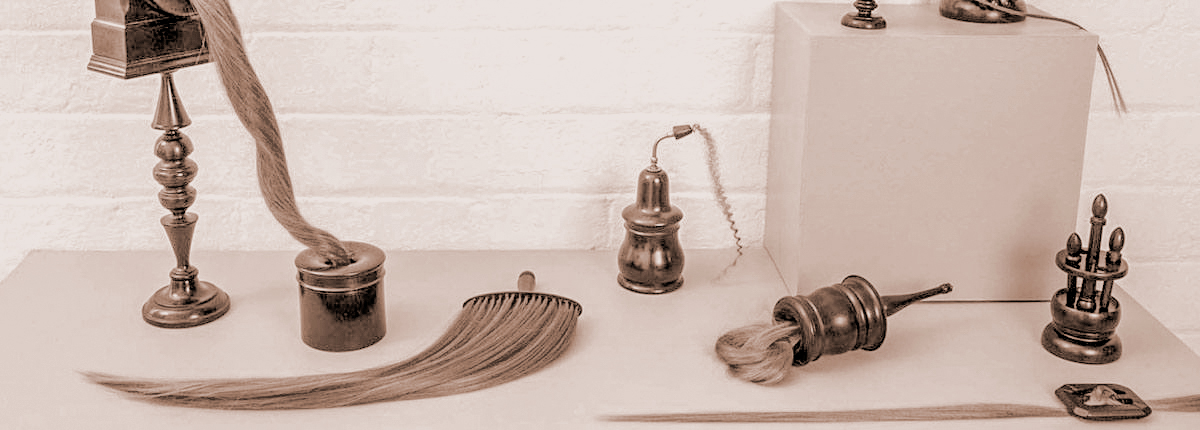Human-Animal Relations
Human and animal hair have much in common biologically and humans have long relied on animal fibres for clothing, furnishing and a variety of uses. Human and animal fibres literally brush against each other when pig’s bristle is used in hair brushes, badger hair in shaving brushes, yak hair in false beards and horse hair in judge’s wigs. Yet we tend to keep the categories of human and animal hair distinct and feel disturbed by objects that confuse these categories.
In 2008 the EU introduced a ban on the commercial use of cat and dog hair on the grounds that European citizens consider them as pets – some sort of intermediary category between animal and human. Interestingly there is no restriction on the sale of human hair.
What do human, animal and vegetable fibres have in common? What makes us perceive them differently? Does clothing made from human hair connect us to our animal qualities?
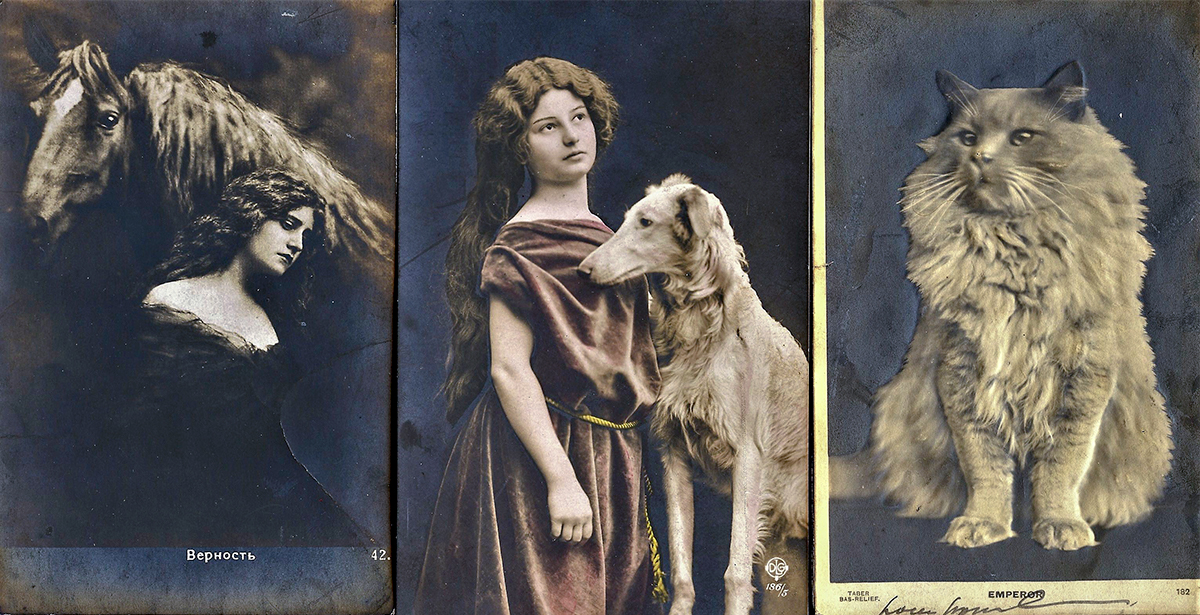
19th century postcards illustrating human-animal interaction
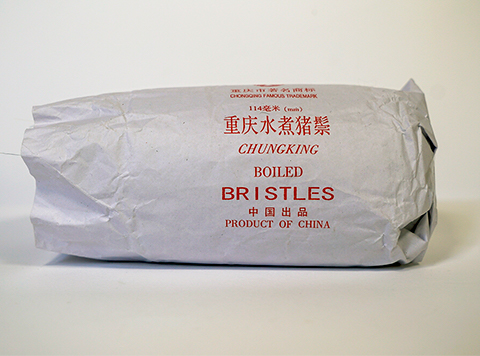
Boiled bristles, Chunking, China
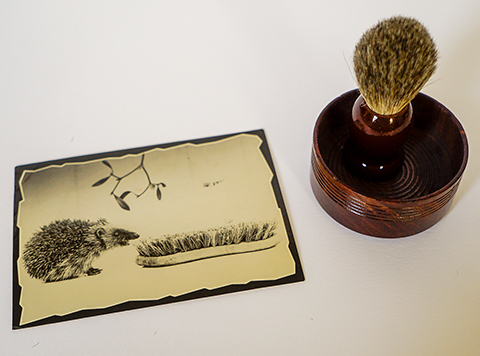
Hedgehog postcard with shaving kit
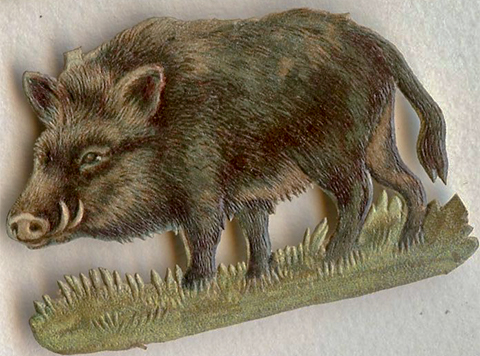
Boar more
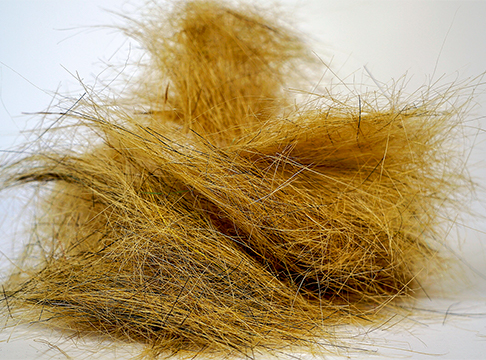
Pig bristle
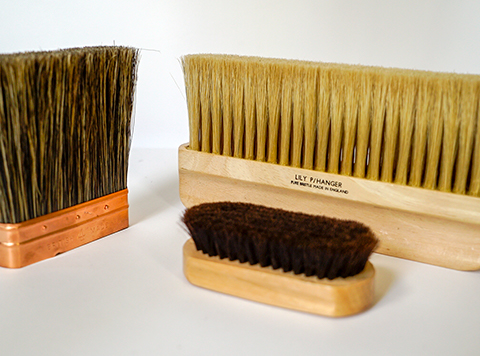
Pig bristle brushes
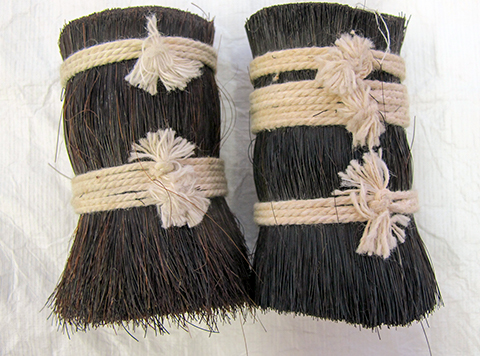
Horse hair bundles for tailoring
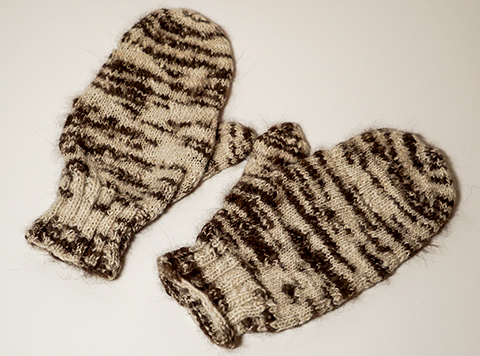
Justine Waldie, Kitten mittens
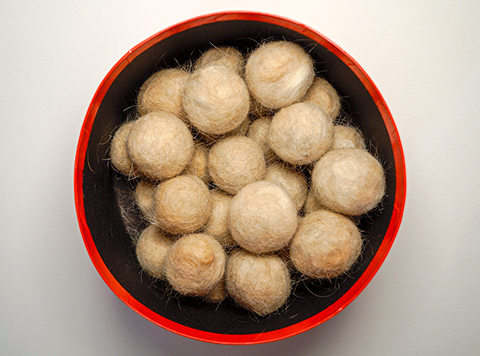
Soft coated Wheaten terrier hair balls
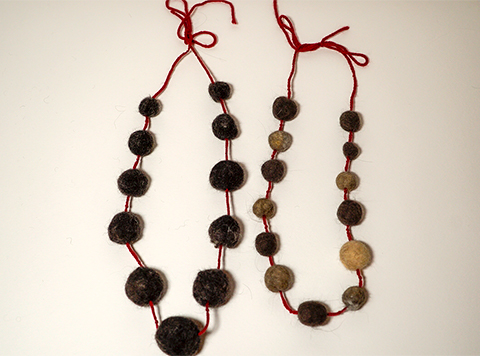
Poodle and cat hair necklaces
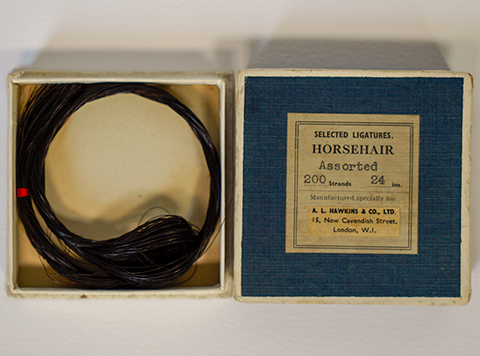
Horse hair stitches, ca. 1940
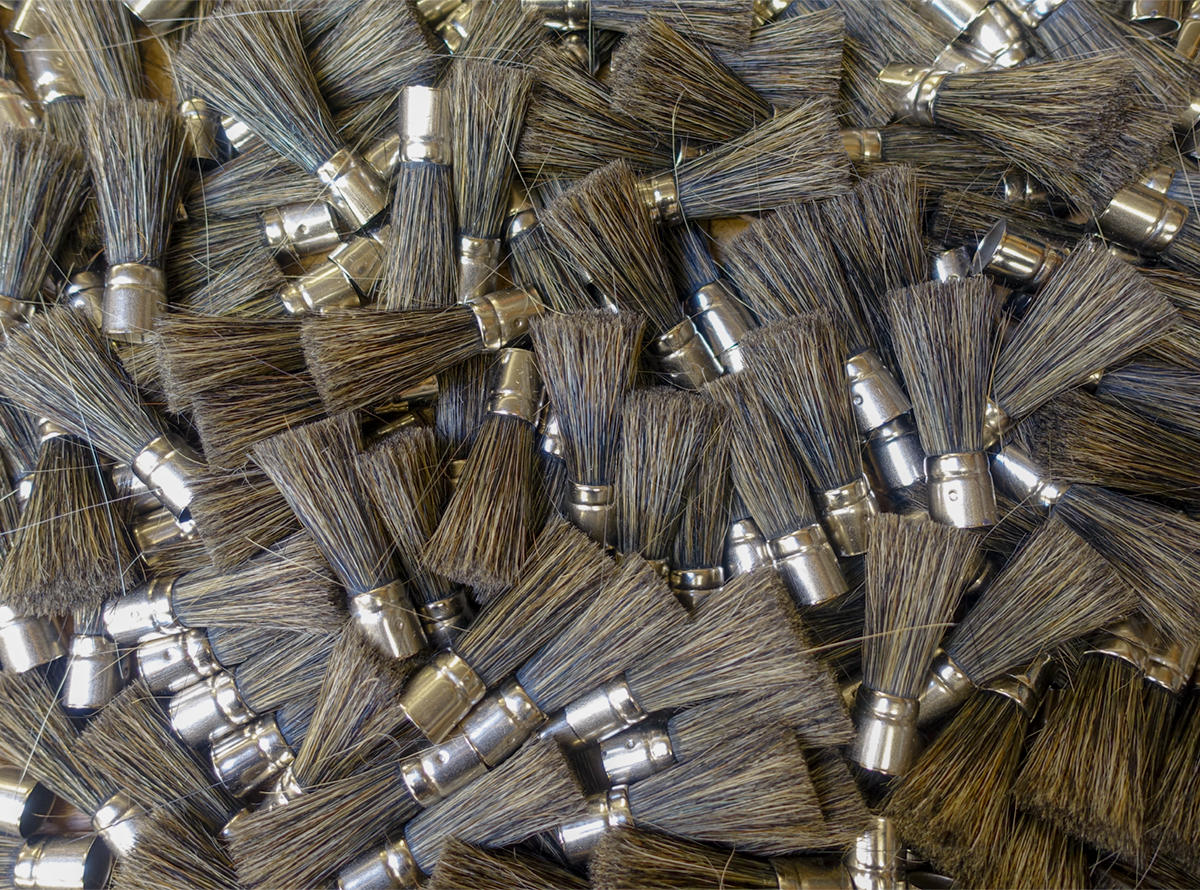
Pig bristle brushes
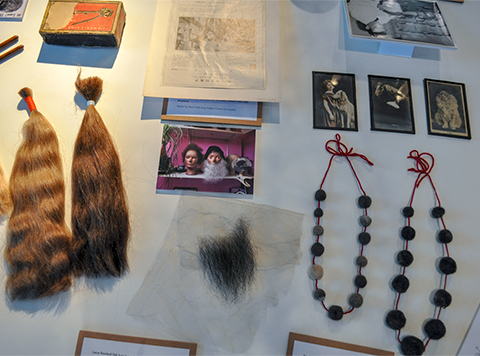
Exhibition detail: yak hair and beard, necklaces, ephemera
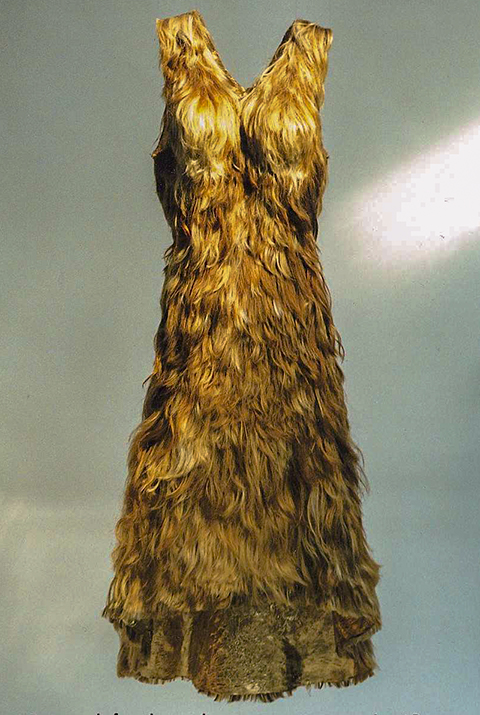
Jenni Dutton, Blond Dress, human hair
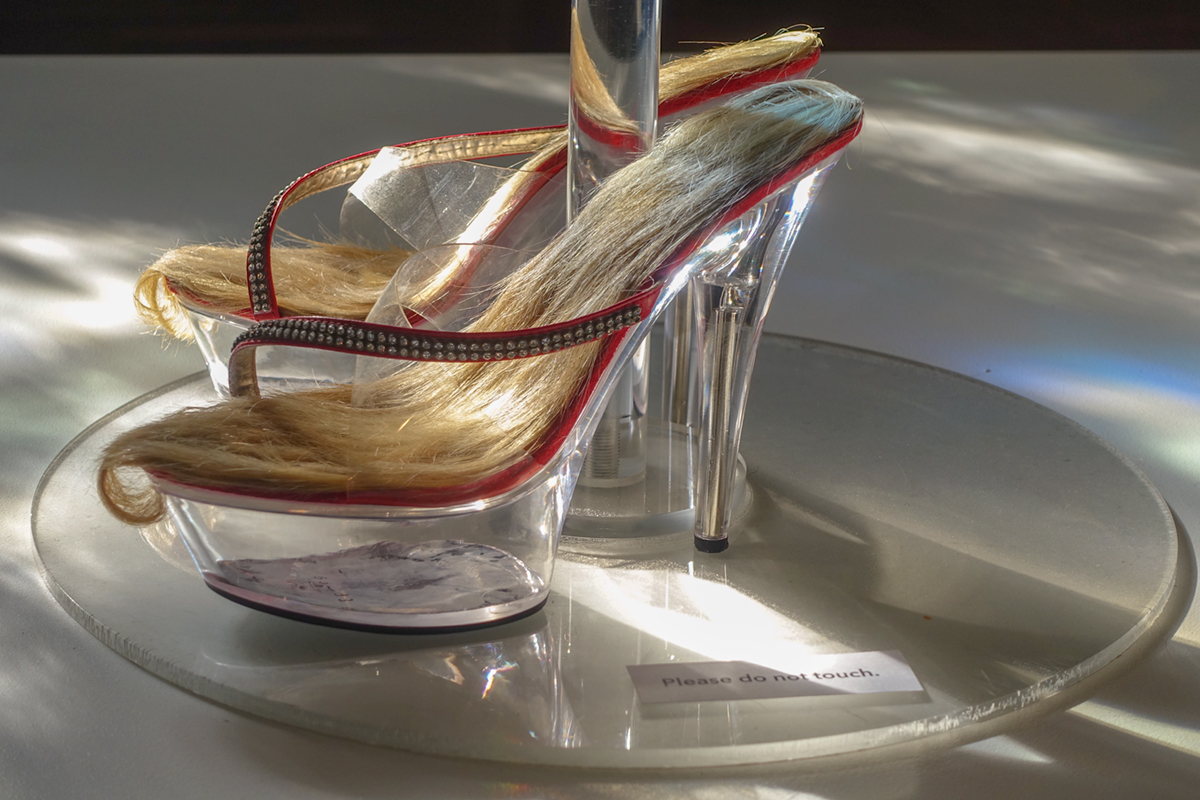
Jenni Dutton, Hair Shoes, human hair, perspex, clasps
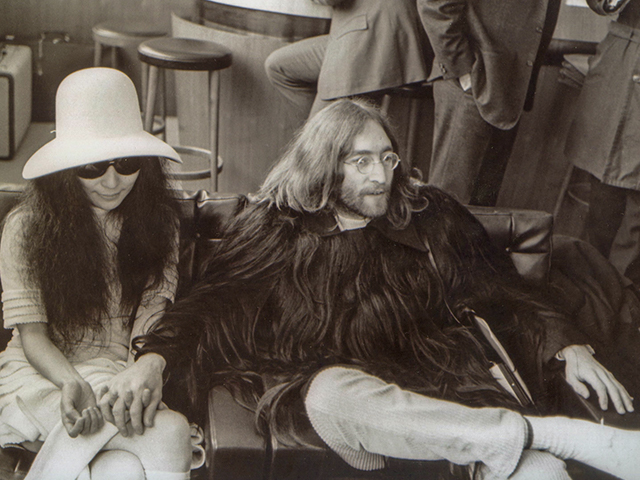
John Lennon in a human hair coat, Paris, 1969.
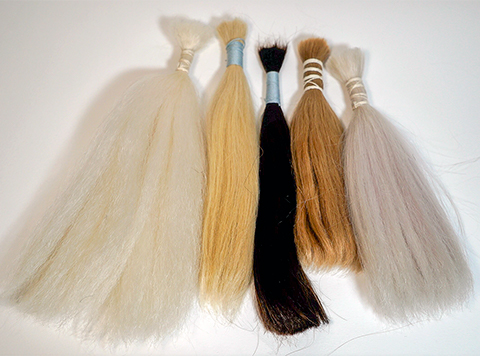
Yak belly, Chinese human died blond, Italian human natural, Russian human, and Yak again
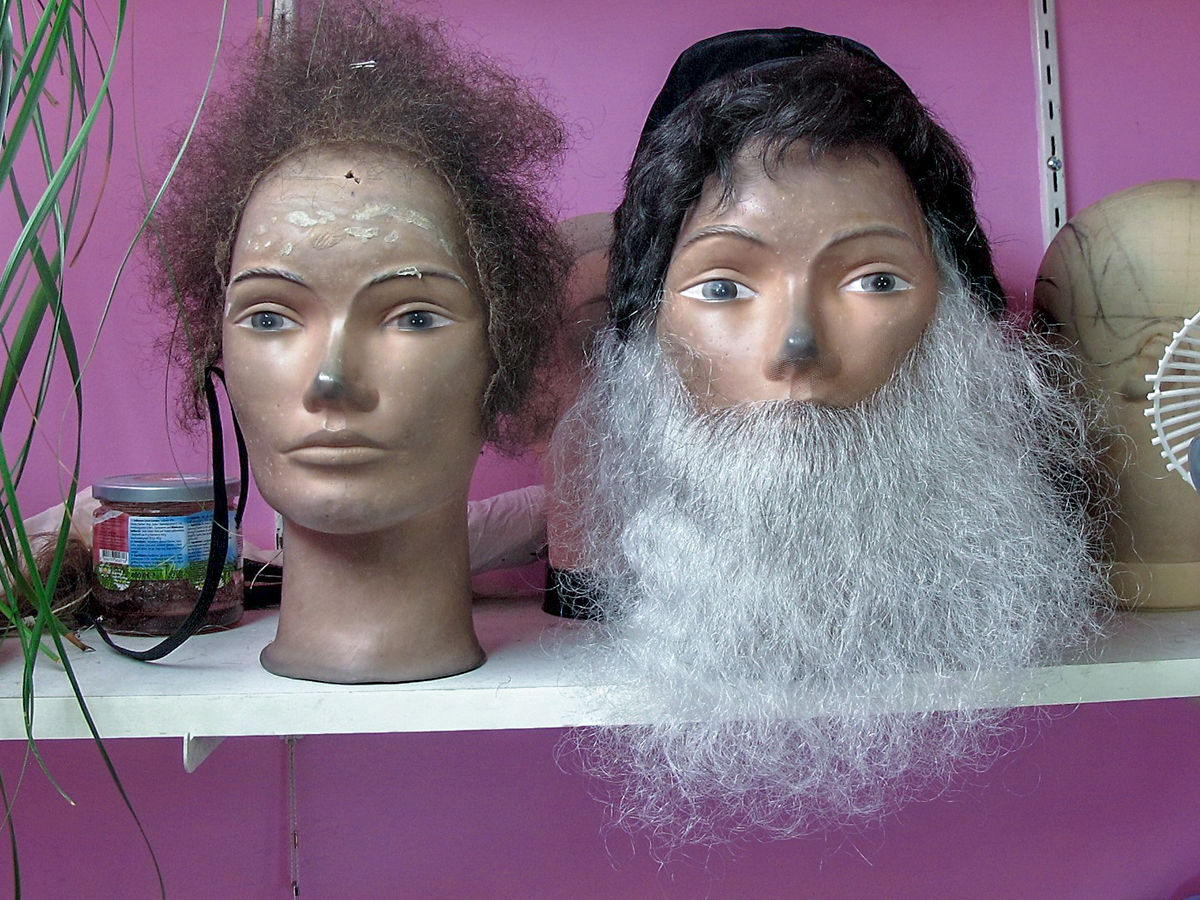
Beard made from yak hair for orthodox Jewish man with alopecia. Made by New York wig maker, Claire Grunwald.
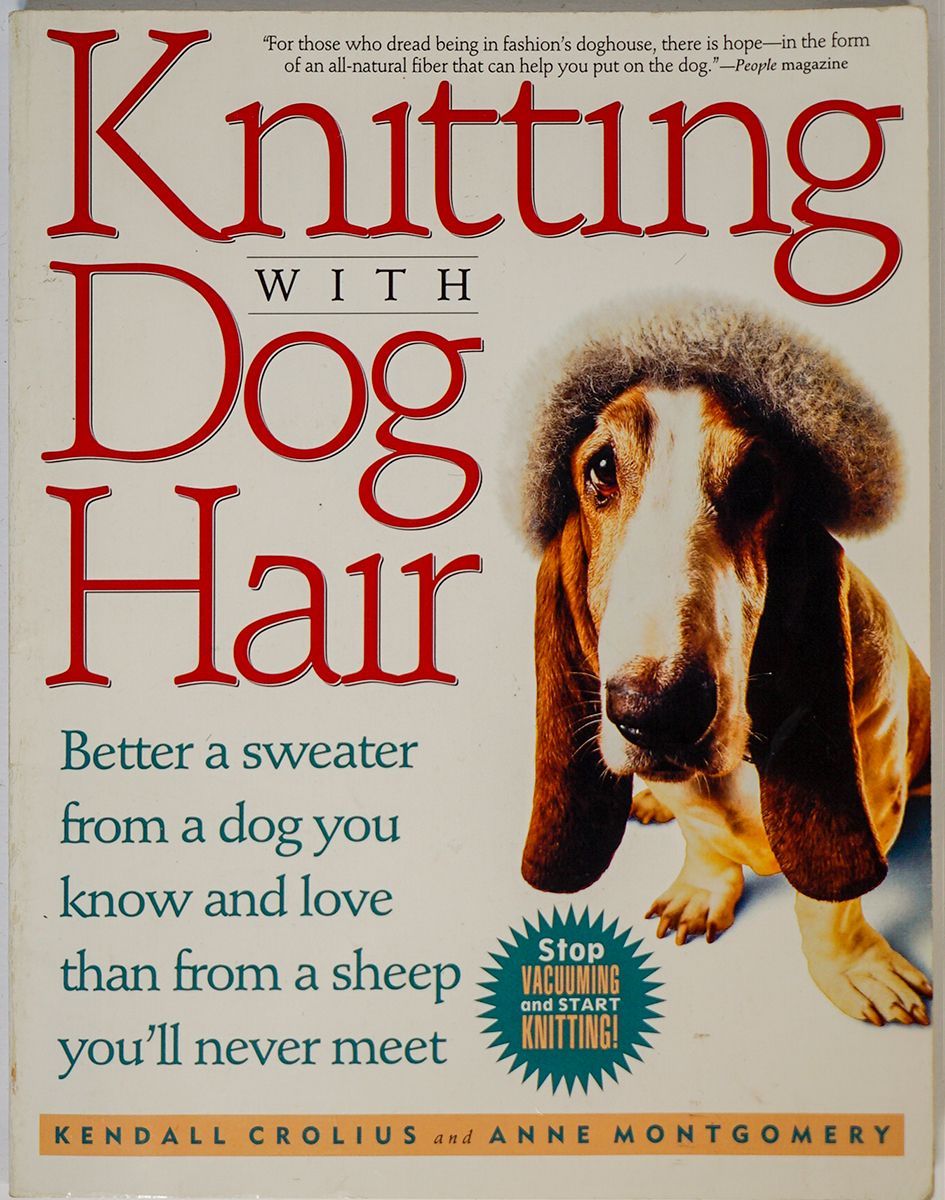
How to!
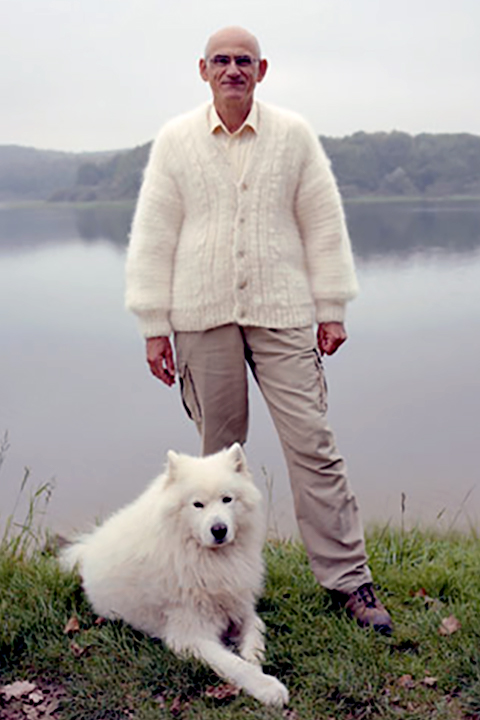
Erwan Fichou, portrait of man wearing cardigan made with his dog's fur.
